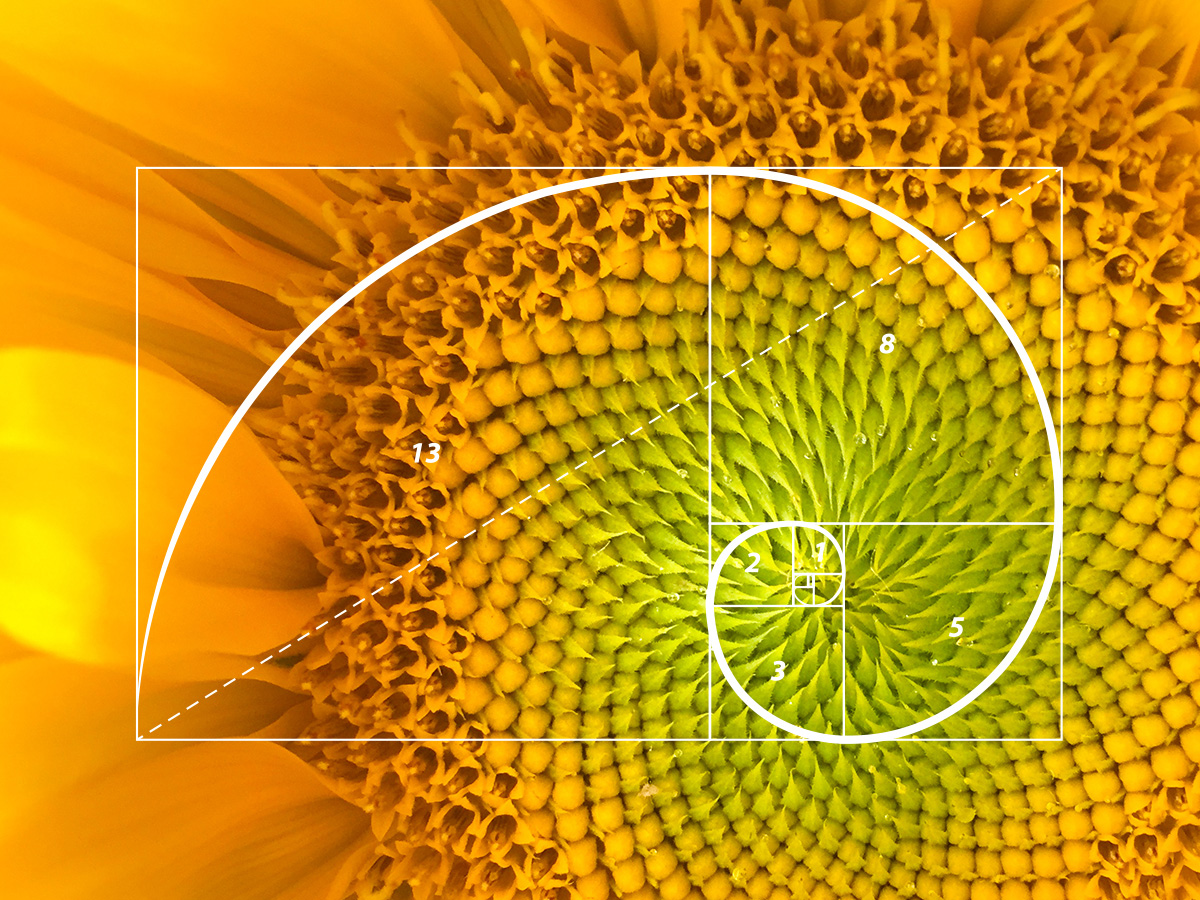On the seemingly infinite canvas of design, mathematics is not just a language, but the very score that orchestrates the harmony of prints. In pattern design, geometry is the muse that inspires the creation of visual structures. From straight lines to sinuous curves, each geometric shape has its own mathematical beauty. Fractal-based patterns, generated through mathematical iterations, reveal infinite complexity that fascinates mathematicians and designers alike.

Symmetry, that mathematical principle that enchants the human eye, is a fundamental pillar in print design. The balanced repetition of elements creates a feeling of visual harmony. Additionally, the golden ratios, derived from the Fibonacci or Pavodan sequence, are used in the design to achieve an aesthetic that resonates with mathematical perfection.
Mathematical sequences, such as Fibonacci, become the basis of many patterns. These sequences provide an ordered structure that is visually translated into attractive repetitions, as for example in Renaissance art. The application of arithmetic or geometric progressions results in patterns that have a subtle but impactful mathematical rhythm.
Geometric transformations, such as rotations and translations, allow the creation of dynamic patterns. Fractals, generated through recursive processes, offer a mathematical vision of complexity in simplicity. The interaction between these transformations and recursion results in patterns that surprise with their intricate beauty, such as Islamic art.

In contemporary print design, algorithms play a crucial role. Programming and coding allow designers to explore new frontiers in pattern creation. Genetic algorithms, for example, can be used to autonomously evolve patterns, fusing mathematical logic with human creativity.
At the intersection of mathematics and print design, a symphony of shapes and structures is revealed that challenge the apparent simplicity of visual art. From the elegance of geometry to the complexity of fractals, mathematics offers designers a vast repertoire to explore.
On this journey, equations become brushes and mathematical logic become color palettes, giving life to an aesthetic universe where precision and creativity dance harmoniously. Ultimately, the fusion of mathematics and print design celebrates the connection between the analytical mind and artistic expression.
